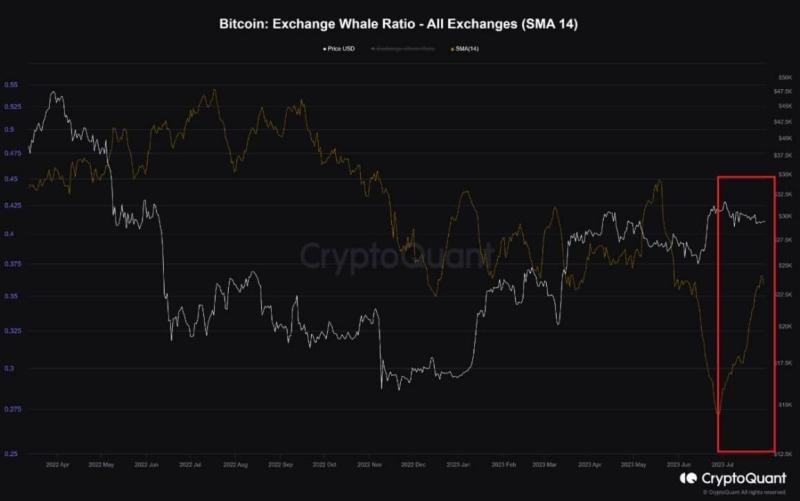Bitcoin whales vs HODLers: Which cohort will tilt the price of BTC?

Bitcoin holders focused on holding their BTC could be the reason for a change in the cryptocurrency’s narrative from bearish to bullish.
- BTC whales were exerting selling pressure on the coin in the derivatives market.
- However, a few metrics suggested a market bottom, increasing the chances of an uptrend.
Bitcoin [BTC] has been witnessing a significant decline in transfer volume on the network. A major reason behind the dormancy in transfer volume could be the prevailing holding sentiment in the market.
As the king of cryptocurrencies has failed multiple times to comfortably sit above the $30,000 mark, investors might be wanting the coin’s price to boom before moving their assets. Amidst this, a considerable amount of whale activity was noted in BTC’s derivatives market. This by and large indicated increased selling pressure.
Bitcoin HODLers aren’t willing to sell
Gustavo Faria, an author, and analyst at CryptoQuant, pointed out in a reticent analysis that on-chain transfer volume on the BTC network noticeably decreased since the end of 2022. Surprisingly, during that period, the network witnessed growth.
This was evident from the rise in active addresses while the tokens transferred remained dormant.

A possible reason for this might be BTC’s price action. The king coin made multiple attempts to cross the $30,000 mark. Despite succeeding a couple of times over the last few weeks, the coin was unable to sit comfortably above the range.
Therefore, HODLers’ might be reluctant to move their assets at a time when BTC’s price action was not at par. It was also interesting to note that while HODLers kept their activity low, a significant influx of institutional investors was observed.
As per the analysis, in a situation where the supply is already constrained by HODL behavior and the impending halving, this flood could cause a demand shock.
Bitcoin whales are active
While HODLers’ activity remained low, the same can’t be said for Bitcoin whales. Grizzly, another analyst at CryptoQuant, mentioned in a recent analysis that since early July, BTC whales have been active in the derivatives market. As evident from the chart, BTC’s Exchange Whale ratio witnesseded a significant surge.

This greater than 30% gain was mostly related to the derivatives market. The analysis mentioned that the surge in BTC deposits by whales to the Binance exchange was most likely the cause of these changes in this metric. This directly meant that BTC witnessed an increase in selling pressure.
A look at BTC’s on-chain metrics also suggested that the coin was indeed under selling pressure. For instance, Bitcoin’s exchange reserve was increasing, which can be troublesome. However, a few of the metrics remained bullish.
BTC’s aSORP was green, meaning that more investors were selling at a loss. This suggested a market bottom. Moreover, its Binary CDD was also green, implying that long-term holders’ movements in the last seven days were lower than the average.
At press time, BTC was trading at $29,388.15, with a market capitalization of over $571 billion.

